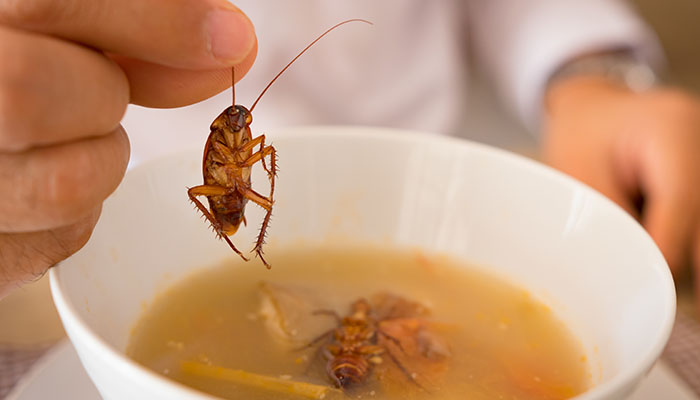Adobe Stock
How many times have you heard someone joke about “extra protein” when a bug lands in your favorite beverage?

Truth is, they aren’t wrong – insects are packed with protein, plus they’re quite plentiful, too. As a sustainable protein alternative, bugs could actually become a huge business.
While some folks may be skeptical, plenty of others are seeing the potential – like South Africa’s Gourmet Grubb.
The company, owned by food scientist Leah Bessa and several partners, actually makes ice cream from flies. Using black soldier flies, they’ve found a way to produce an insect-based dairy alternative.
It’s called EntoMilk, and it’s the key ingredient in their ice cream.
Earlier this summer, Gourmet Grubb also opened a pop-up food concept called The Insect Experience. It’s located in Cape Town and serves exquisitely plated dishes featuring insects as a delicacy.
Chef Mario Barnard is responsible for some pretty incredible dishes – including mopane polenta fries. The polenta fries are created with flour made from mopane worms. Then, there’s an added dash of mopane chili salt.
Making the food aesthetically pleasing, Barnard explains, is the best way to introduce it.
“It helps with your mental block,” he says.
And it’s true, the meals certainly don’t look like they’re made from bugs.

Bessa explained that the goal was to “create a viable protein alternative that is sustainable and ethical.” And with more than 1,900 edible species of insects already consumed around the world, it really does make sense.
They’re incredibly healthy, too, says Bessa. They are packed with high-quality protein and are high in fiber, as well as iron and zinc. Plus, they have healthy fats, too.
So, yes, insects may potentially be an incredibly viable source of nutritious food.
“Insects are very underutilized or not really very well understood,” Bessa says, “so we really wanted to try and highlight their potential.”
She also noted that few people really know what they taste like.
Though the thought of eating bugs may be off-putting to many of us, it’s not as uncommon as one may think.
The UN Food and Agriculture Organization explains that around 2 billion people around the world consume insects. Typically, this is in parts of Asia, Africa, and Latin America. Still, the point is, insects have been included in human diets all along in some regions.
As the demand grows elsewhere, like in the U.S., for more sustainable food sources, insects are looking more and more palatable.